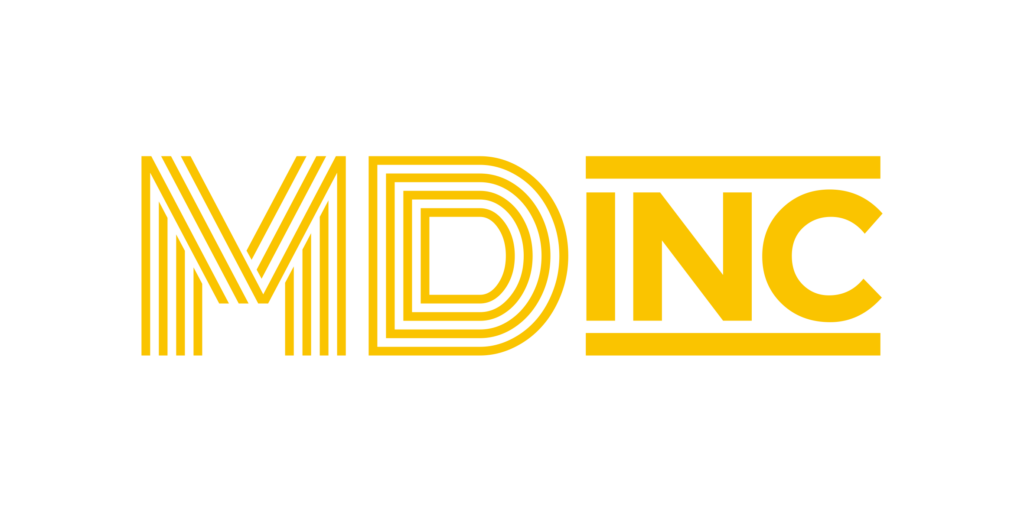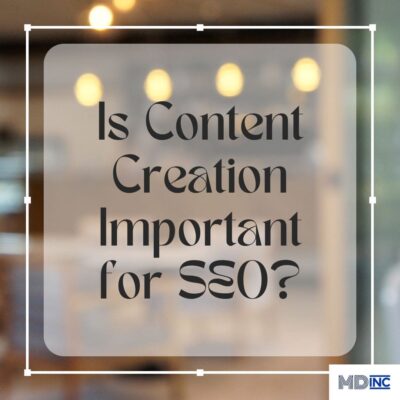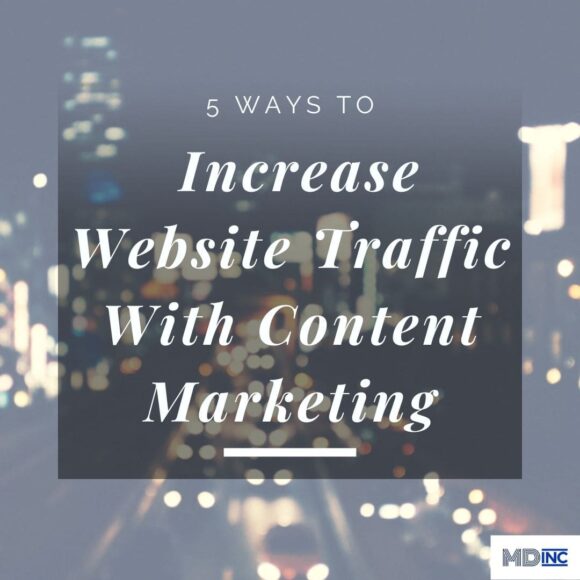How Does YouTube SEO Help?
Search engine result pages (SERPs) constantly change, and marketing strategies must change with them in order to improve visibility. At one time, search engine optimization (SEO) was simpler, when you just trying to gain your website more visibility. That hasn’t changed, but with added tabs such as Videos and Shopping at the top of SERPs, strategies have to undergo change to be effective. To this end, YouTube SEO is as important as other SEO marketing tools, however, strategizing YouTube SEO is slightly different. Read on to learn more about how YouTube helps SEO, how to optimize your channel, and video marketing.
What Is SEO in Digital Marketing?
In digital marketing, SEO is a marketing strategy by which you design an optimized website to appear higher on SERPs. This puts your website link above other links, based on how the search engine ranks your website. Search engines use paid ads that are relevant to users’ searches, known as pay-per-click (PPC) ads. This is one type of digital marketing strategy, however, search engines also offer uses “organic” results, which means the engine is pairing user input with the best possible match. To achieve a higher ranking in search results, websites are optimized with keywords, metadata, SEO backlinks, and more tools to appear higher in searches. YouTube SEO can help because it drives even more traffic—you’ll notice video results are near the top of every SERP.
The Importance of YouTube SEO
Video marketing isn’t created equal—YouTube is the giant when it comes to increasing visibility. More and more users are looking for video results specifically when they search, and these appear at the top of the SERP page. According to Biteable, 72 percent of users want to learn more about a service or product with a video.
In a 2020 study that looked at 2.1 million searches and 766,000 videos, YouTube “accounted for 94 percent of all carousel results on page one of Google,” according to Moz. Those page-one search results are paramount to driving traffic to your site, so it’s vital to add embedded videos to your site with YouTube SEO. These results will appear on search engine result pages with a meta description, a link, and a video, which can boost you near the top. However, YouTube SEO marketing strategies are slightly different than “regular” SEO.
How YouTube SEO Works
Search engines use crawlers to rank organic results, however, bots can’t watch a video. So, while the content portion of your video is important for click-throughs and retention, how you optimize your video for search results matters. Basic YouTube SEO includes adding relevant keywords to your title, meta description, and tags. But, there’s a lot more you can do to improve SEO visibility. Remember that words matter, so optimizing those words with additions such as closed captioning can better drive results. You can use other methods to boost your video marketing as well:
words matter, so optimizing those words with additions such as closed captioning can better drive results. You can use other methods to boost your video marketing as well:
- Make sure your keyword is great—and relevant. Just as with typical SEO, your primary keyword matters very much, so keep that in mind.
- Include subtitles in multiple languages and transcripts in your videos. Also, make sure your closed captioning is accurate.
- Add SEO-optimized keywords to your title, description, and tags. This is a basic tenet of YouTube SEO, so make sure not to skip this step.
- Use an attention-grabbing thumbnail. If your video is about replacing windshield wipers, for example, match a compelling photo with your video description.
- Say your primary keyword within the video. Crawlers can only interpret words, however, saying your primary keyword is important, as it will appear in your captions, transcripts, and subtitles.
- Add cards to your video. This invites users to visit other videos or your channel, or you can link your subscribe button.
- Track user analytics to see if your SEO is successful. Likes, shares, subscriptions, and comments do contribute to higher rankings, but YouTube offers its own tools to see how you’re performing. Make sure to look at watch time, impressions click-through rate, card click-through rate, unique viewers, traffic sources, and subscriber growth.
All of these steps are important for successful YouTube SEO, but it’s vital to analyze your metrics over time to ensure that your strategies are effective as possible.










